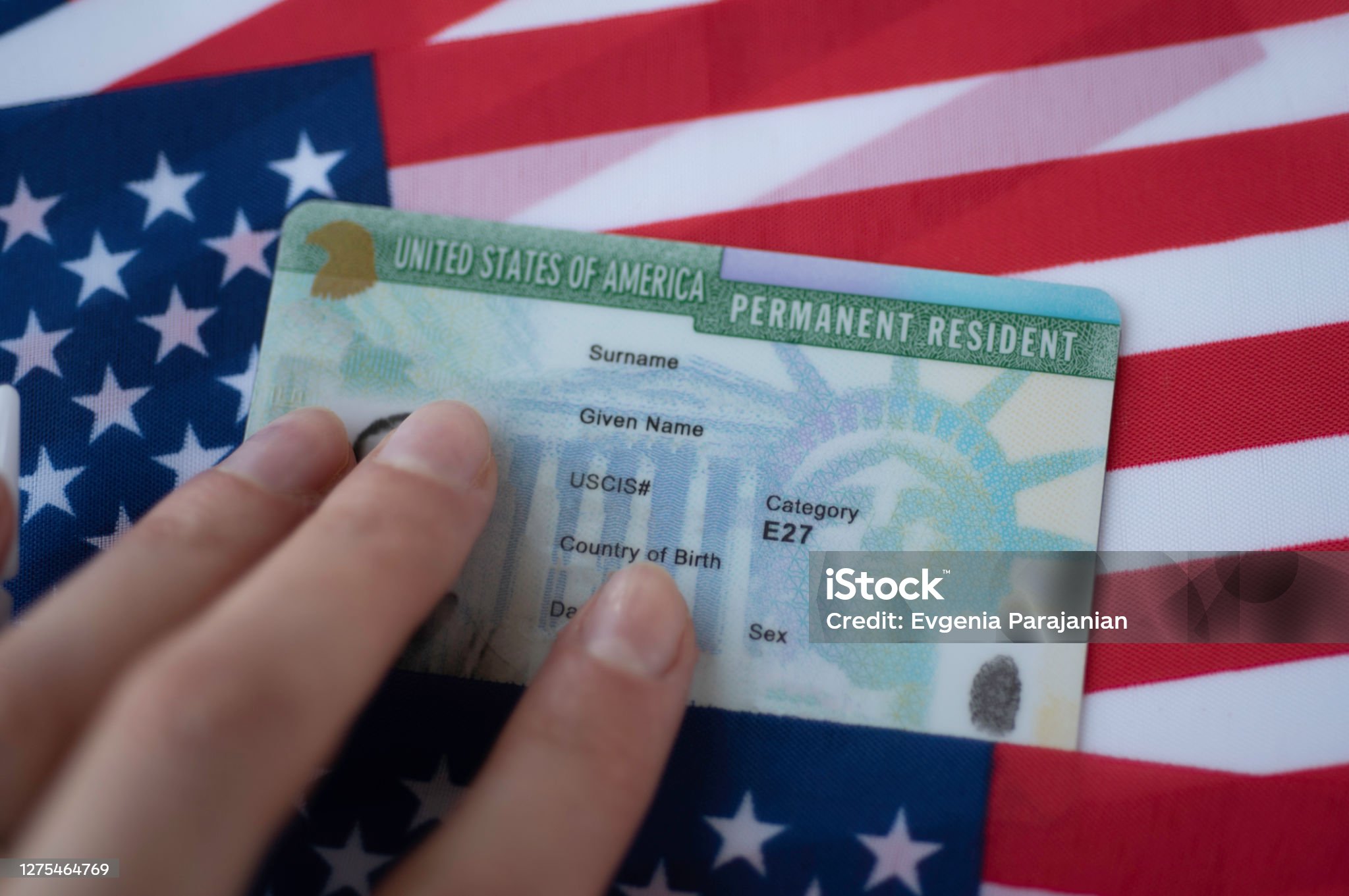In-Depth Comparison of International Driver’s License and Security Features for Global Commerce
In-Depth Comparison of International Driver’s License and Security Features for Global Commerce
Blog Article

1. Introduction to Personal Identification Documents
Identification documents play an essential role both for individuals and society. Serving as "permissions" and "access tools," these documents help society run efficiently when widely accepted and available. Various types of identification documents exist, each representing a distinct aspect or purpose. For example, a copyright is considered valid proof of the right to operate a car, and a copyright proves citizenship and allows entry into the country. These documents are the most useful from a personal point of view and are key to completing various contracts, for example, to get a job, to access services, to buy insurance, or to rent a car. Many times, financial institutions might request to review these documents if the borrower seems untrustworthy or lacks a solid credit history. Such identification serves dual purposes: proof of identity and legal authorization for various activities.
Historically, identification documents did not hold as much importance in daily affairs as they do today. The importance of these documents has grown alongside changes in security measures and legal requirements. Technological advancements enable organizations to develop advanced secure systems that outpace public ID technology. Many countries are in the process of standardizing their IDs with biometric technology. A few countries have implemented electronic exit strategies.
Personal identification documents act as formal proof of legal status. Globally recognized identification forms, such as passports, copyright, copyright, and driver's licenses, are accepted worldwide as proof of identity at both local and international scales. Many people store their identification documents securely under lock and key and can easily access them whenever needed.
This discussion focuses on the importance and legitimacy of documents like the IDP, Real ID, copyright, copyright, copyright, and resident permits to raise awareness about their significance. Educational staff and the general public should know about them, and this information might be useful in preventing loss or regaining these documents. The content here is directed at both domestic and international audiences, aiming to ensure they possess the vital documents necessary for their knowledge and ideals.
2. Laws and Regulations Pertaining to Identification Documents
The governance of identification documents depends on jurisdiction-specific laws and rules. These documents are provided to individuals through authorized issuing entities in accordance with rules designed to maintain their integrity. These documents can be compulsory in some cases and allowed as verification and/or validation in others. It is the responsibility of the individual to comply with the legal guidelines set by the jurisdiction where the document is to be used. In conclusion, individuals should familiarize themselves with the local legal requirements in any jurisdiction where they intend to use such documents or perform transactions. Primarily, local and state government bodies regulate, issue, and control the use of certain identification documents for particular transactions.
However, jurisdictional identification requirements can sometimes create conflicts for those traveling or doing business internationally. It is, therefore, a global concern when people feel wholly alienated when they travel from one country to another and do not comprehend the rules and regulations regarding identification documents. While it is impractical to outline all the specific regulations from each country, it is crucial to recognize that with 200 countries and billions of travelers, knowing these rules is essential for global business and travel. Failure to follow these rules could lead to legal issues in another country, requiring adherence to international and reciprocal laws. Failure to comply with such rules may lead to both civil and criminal penalties for violating laws related to privacy, identity, commerce, trade, or even human rights.
Public policies and protected rights can sometimes clash when creating security regulations for travel IDs. In some cases, human rights might clash with security policies requiring the highest levels of identification documentation in the fight against terrorism. Finally, within the last five years, with the rise and acceptance of digital mobile driver's licenses, countries have been clarifying or drafting new laws and regulations to govern their use, which remains an evolving area. The next frontier for global travel may lie in the widespread use of digital identification documents. Even with the world moving toward mobile driver licenses, there will still be a need for a copyright, it seems, for some time into the future. 
Both the standardization and evolution of digital IDs and mobile driver licenses are continuing to develop. Take California as an example: two years after passing its mobile copyright law, stakeholders are now ready to agree on formal rules for the first state-endorsed mobile license.
3. Comparative Analysis of International Driver’s License, Real ID, copyright, copyright, copyright, and Resident Permit
The International Driver’s License acts as an identification document for those driving abroad Neither the United Nations nor the International Non-Governmental Organization ever made the International Driver’s License to facilitate travel within a group of states.
The Real ID is primarily used as an ID for boarding domestic flights, in line with state driver’s licenses and ID cards that meet national criteria. The Real ID can also be employed to gain access to federal buildings and nuclear facilities. However, the Real ID is not meant to replace a travel document, copyright, visa, or residency permit. Though some people may use it abroad as an identification and date of birth document, the Real ID is primarily used to travel domestically.
In the United States, passports are recognized as a primary identification document, unlike other derived forms of ID. Passports are designed to protect citizens traveling internationally and to facilitate participation in non-mandatory diplomatic meetings or treaty discussions. This is the copyright’s official and administrative purpose. The copyright also has, of course, a bureaucratic or private use. To travel internationally, or even regionally in some cases, travelers must not only possess a copyright but also adhere to various other regulations.
copyright are issued at birth and are typically required to acquire passports and other forms of official ID. In comparison, copyright and passports might appear to serve similar purposes. However, a copyright offers continued benefits. Additionally, while a copyright is used to acquire a copyright, it does not result in a “second copyright”. A copyright is irrelevant to obtaining a second copyright unless it involves taking on an illegal nationality.
4. Anti-Fraud Mechanisms and Security Features in Identification Documents
Several security measures are employed to safeguard against fraud, counterfeiting, and unauthorized tampering of identification documents. For example, many ID cards and documents contain security components such as holograms, multi-layer images, and laser engraving. Some ID cards are embedded with RFID chips holding biometric data and digital imagery to prevent misuse.
Many security features are either hidden or semi-hidden, such as special inks, watermarks, or microtext. Such security features are put in place to make ID documents extremely hard to copyright or alter. 
Typically, the security level of an identification document needs to match the trust or authority level it represents. copyright security features, for example, need not be as robust as those on a copyright, since the copyright is used for travel and the copyright is used mainly domestically.
Advances in technology have driven the creation of more advanced security elements for ID documents. Actively promoting and adopting new security technologies helps keep one step ahead of potential fraudsters and counterfeiters by using up-to-date issuance practices.
Moreover, it is also important to continually evaluate existing and potential security features and issuance methods. This evaluation ensures that identification security systems remain strong in the face of new and advancing threats.
A robust anti-fraud security system should emphasize both preventive and responsive measures. Proactive strategies include actions such as education, public campaigns, service announcements, and security-focused events or workshops.
5. Summary and Future Developments in Identification Document Technology
This document takes a global look at some of the many variants of identification documents in the world. Identification documents should be understood not only in terms of technical aspects like security features but also through the legal frameworks supporting their use in courtrooms.
My research highlights varying perspectives on what constitutes a strong identification document and how its value as a verification tool changes depending on where it’s utilized. It would also be interesting to examine through ethnographic methods how the definition of a “good” identification document varies by country. Comparison studies also reveal that legitimacy standards for identification documents can vary across nations with similar socio-political and economic structures.
The future of identification documents is undergoing significant change, driven by advances in digital technology. Digital technology is helping to advance the functionality and security of traditional documents such as eIDs, keeping pace with mobile phone trends. Key developments in this technological shift involve biometrics and blockchain technology as part of secure identification systems.
The use of biometrics, particularly with “liveness” detection, will gather biometric information during personal verification, improving identity trustworthiness and mitigating the risk of digital identity fraud. This technology could transcend the scope of basic human rights as defined by international laws and constitutions. This access should be kept as private as possible and subject to individual consent.
The spread of digital identity indeed can raise concerns about exclusion. Many people struggle to gain access to digital identity systems, especially in certain regions. A so-called “identity gap” is being discussed as a result of technology, which has created disparities in access to identity verification for different areas of life.
Digital identity systems need to be systematically compared to traditional, physical identification documents. Besides verifying identities, these systems are resident permits used to assess risk in various transactional contexts. Further research is needed to examine how the rights associated with offline identification verification can be extended to digital identity scenarios.